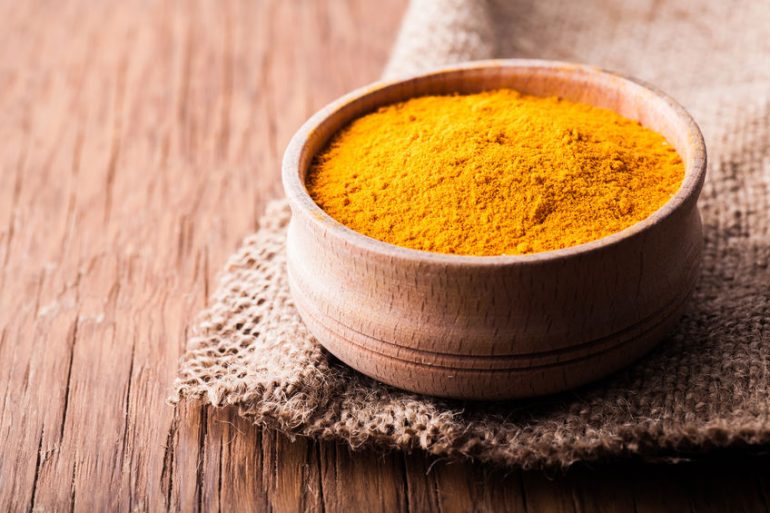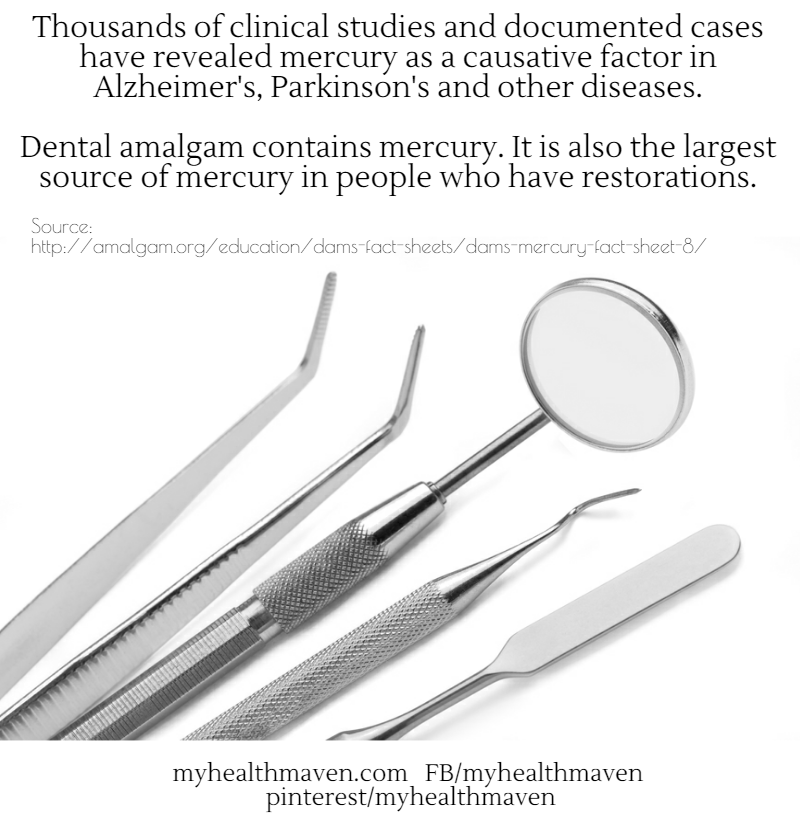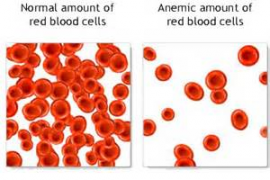Increasingly, science is validating the therapeutic value of spices to prevent and treat disease, including for conditions as serious as lethal brain cancer.
Modern medical science is finally catching up to the wisdom of our distant ancestors. Spices, for instance, were once traded along ancient spice routes throughout Asia, Northeast Africa, and Europe, as highly precious commodities; some of them were so prized for their life-saving properties they were literally worth their weight in gold. Only in the past few decades have the traditional folkloric uses of these powerful plant extracts undergone validation via pre-clinical and clinical research. The results are nothing short of amazing, especially when it comes to providing hope for conditions that conventional treatment not only does not have anything to offer, but may actually worsen.
There are a number of driving factors behind the increasing interest in natural substances as drug alternatives, one of which is the fact that a large number of popular over-the-counter and prescribed drugs are extremely dangerous, don’t work as advertised (ineffective), and are exorbitantly over-priced (e.g. Some patented chemotherapy agents can cost 4,000 times more than gold by weight!). To the dismay of the medical industrial complex, the public is growing increasingly aware of these facts. Indeed, it’s a problem hard to ignore when correctly prescribed drugs have been estimated to take over 100,000 lives each year in the U.S. alone.
Turmeric is one of the most powerfully healing spices known, and yet its use is still mostly relegated to an FDA-approved food coloring agent, instead of the safe, effective, affordable, and easily accessible remedy for the prevention and treatment of disease that is is. In total, we have identified research on its potential value in preventing and treating over 800 different conditions, with cancers — dozens of them — being the most thoroughly researched aspect of its healing properties.
Recently, research has surfaced revealing it may help to combat one of the most lethal forms of cancers: glioblastoma.
Glioblastoma is a particularly fast-growing and deadly form of brain cancer which, despite aggressive therapies, is associated with survival rates that rarely surpass two years. Given the poor prognosis, and the serious dangers linked to chemotherapy, surgery, and radiation, natural solutions are beginning to be taken more seriously by the conventional medical establishment. Indeed, two recently published studies provide compelling evidence that turmeric/curcumin may be a viable option in preventing and treating this deadly brain disease.
The first study, published in the journal Medical Oncology titled, “Investigating the therapeutic role and molecular biology of curcumin as a treatment for glioblastoma,” looked at a total of 19 in vitro (test tube) and five in vivo (animal) studies on the turmeric extract curcumin and its ability to combat glioblastoma.
Their literature review produced the following findings:
“A total of 19 in vitro and five in vivo studies were analyzed. All of the studies indicated that curcumin decreased glioblastoma cell viability through various pathways (i.e. decrease in prosurvival proteins such as nuclear factor κB, activator protein 1, and phosphoinositide 3 kinase, and upregulation of apoptotic pathways like p21, p53, and executor caspase 3). Curcumin treatment also increased animal survival compared with control groups.”
The authors concluded:
“Curcumin inhibits proliferation and induces apoptosis in certain subpopulations of glioblastoma tumors, and its ability to target multiple signaling pathways involved in cell death makes it an attractive therapeutic agent. As such, it should be considered as a potent anticancer treatment. Further experiments are warranted to elucidate the use of a bioavailable form of curcumin in clinical trials.”
From these studies alone, we can not yet draw definitive conclusions about whether or not curcumin will work the same way in humans; nor did the cited research address the problem of the relatively poor bioavailability of curcumin extracts. Moreover, in the case of brain tumors, the delivery of curcumin to the brain is hard to ascertain or prove for obvious reasons (you would have to cut open the brain or use toxic fluorescent dyes and brain scans).
Despite these limitations, a new study published in the journal Nutrition and Cancer and titled, “Intratumoral Concentrations and Effects of Orally Administered Micellar Curcuminoids in Glioblastoma Patients,” provides evidence that it is possible to get physiologically relevant doses of curcumin into glioblastoma tumors of patients via oral delivery methods. The study used human subjects to determine the bioavailability of a combination of so-called micellar (water dispersible) curcuminoids. Specifically, the study participants were administered 70 mg of the curcuminoid combination 3 times a day for 4 days prior to surgical resection (removal) of their respective brain tumors. Tumor and blood samples were taken during surgery and analyzed for total curcuminoid concentrations, and (31) P magnetic resonance spectoscropic imaging was performed before and after curcuminoid consumption.
They found that curcumin was absorbed into the tumors. The results were reported as follows:
“Ten (of 13) patients completed the study. The mean intratumoral concentration of curcumin was 56 pg/mg of tissue (range 9-151), and the mean serum concentration was 253 ng/ml (range 129-364). Inorganic phosphate was significantly increased within the tumor (P = 0.034). The mean ratio of phosphocreatine to inorganic phosphate decreased, and the mean intratumoral pH increased (P = 0.08) after curcuminoid intervention.”
The study concluded:
“Oral treatment with micellar curcuminoids led to quantifiable concentrations of total curcuminoids in glioblastomas and may alter intratumoral energy metabolism.”
Taken together, these two studies clear the path for a better understanding of how and why turmeric extracts may help combat treatment refractory glioblastoma.
Additionally, because it is known that cancer malignancy and resistance to treatment is due to cancer stem cells, and that glioma stem cells are present in glioblastoma cancers, turmeric extract is clearly superior in that it targets this particular subpopulation of radioresistant and chemoresistant cells that conventional treatments do not. In fact, chemotherapy and radiotherapy have been shown to actually enrich cancer stem cell populations. This means these treatments may actually increase glioblastoma malignancy and can accelerate the death of patients.
For more information on natural glioblastoma interventions, as well as likely risk factors and causes (e.g. SV40 from vaccines), take a look at our glioblastoma research portal. You’ll find commonly available and recognized foods, plants, and phytocompounds listed there, such as:
-
Cannabinoids
-
Olive Oil
-
Berberine
-
Genistein
-
Carrot
-
Sulforaphane
-
Green Tea
-
Lysine
-
Vitamin C
For an even more extensive database, use the GreenMedInfo Brain Cancer research portal.
“© [8.6.16] GreenMedInfo LLC. This work is reproduced and distributed with the permission of GreenMedInfo LLC. Want to learn more from GreenMedInfo? Sign up for the newsletter here http://www.greenmedinfo.com/greenmed/newsletter.”









